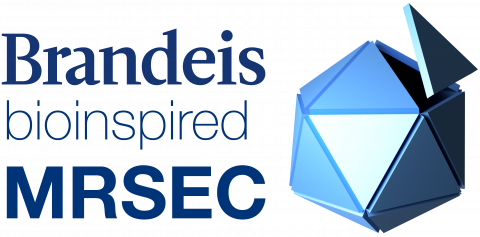We have three inverted microscopes (Nikon TE-2000) and one upright microscope (Nikon Microphot-SA) equipped with high performance water and oil immersion lenses. There are three complimentary cooled CCD cameras for low-light fluorescence imaging (Andor iXon, QImaging Retiga and two Photometrics CoolSnap HQ). All the microscopes can operate in brightfield, DIC and fluorescence modes. One microscope is equipped with a motorized XYZ stage and shutters, allowing for long time lapse measurements. In addition one of the microscopes has a multi-beam laser tweezer (1064 nm 1W, Nd:YAG) capable of trapping dozens of beads. There is a separate detection laser (830 nm, 10 mW) which is used conjunction with a quadrant photodiode and low noise differential amplifier to detect a position of a trapped bead with nanometer precision and microsecond time resolution. The instrument is capable of operating in constant force mode, where the position of the trap is constantly adjusted to keep the force on a bead constant. In addition, we have constructed a novel single-molecule fluorescence microscope capable of efficiently detecting and colocalizing multiple components within a macromolecular complex when each component is labeled using a different color fluorescent dye. In this through-objective excitation, total internal reflection instrument, the dichroic mirror conventionally used to spectrally segregate the excitation and emission pathways was replaced with small broadband mirrors. This design spatially segregates the excitation and emission pathways and thereby permits efficient collection of the spectral range of emitted fluorescence when three or more dyes are used. This facility is equipped with a low light high sensitivity electron multiplying CCD (Andor iXon). The available excitation wavelengths are 488nm, 532 nm and 633nm.

